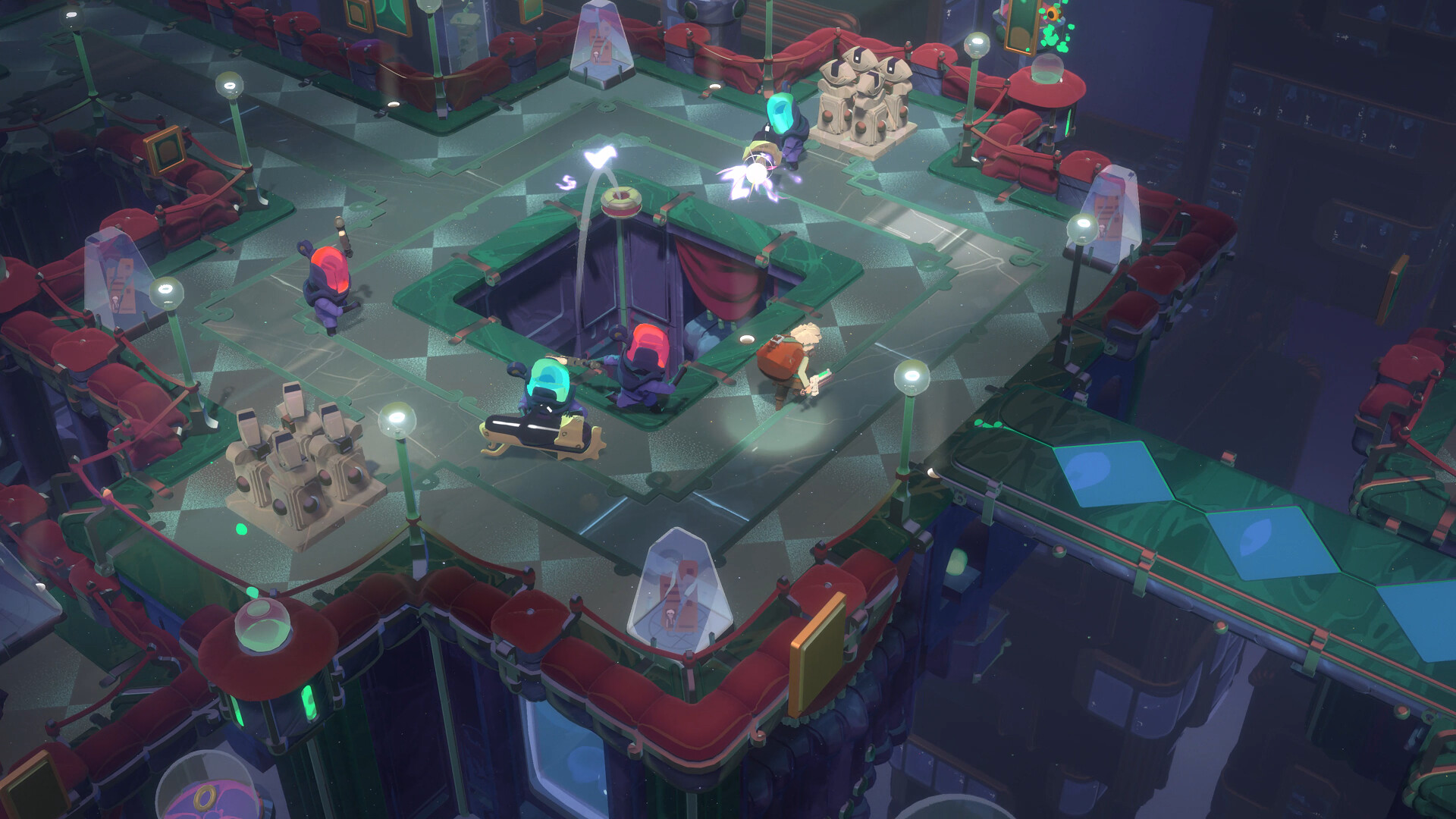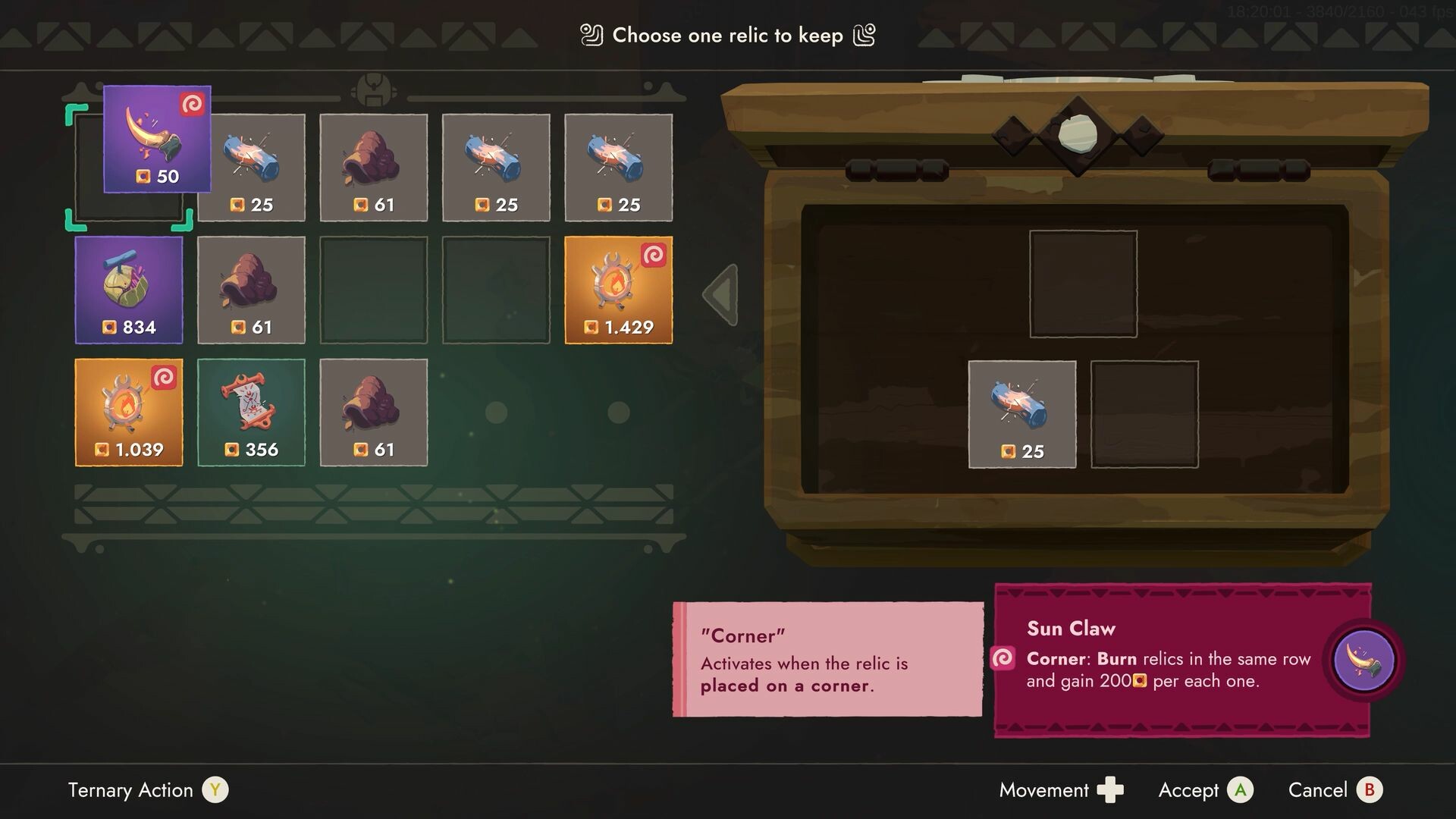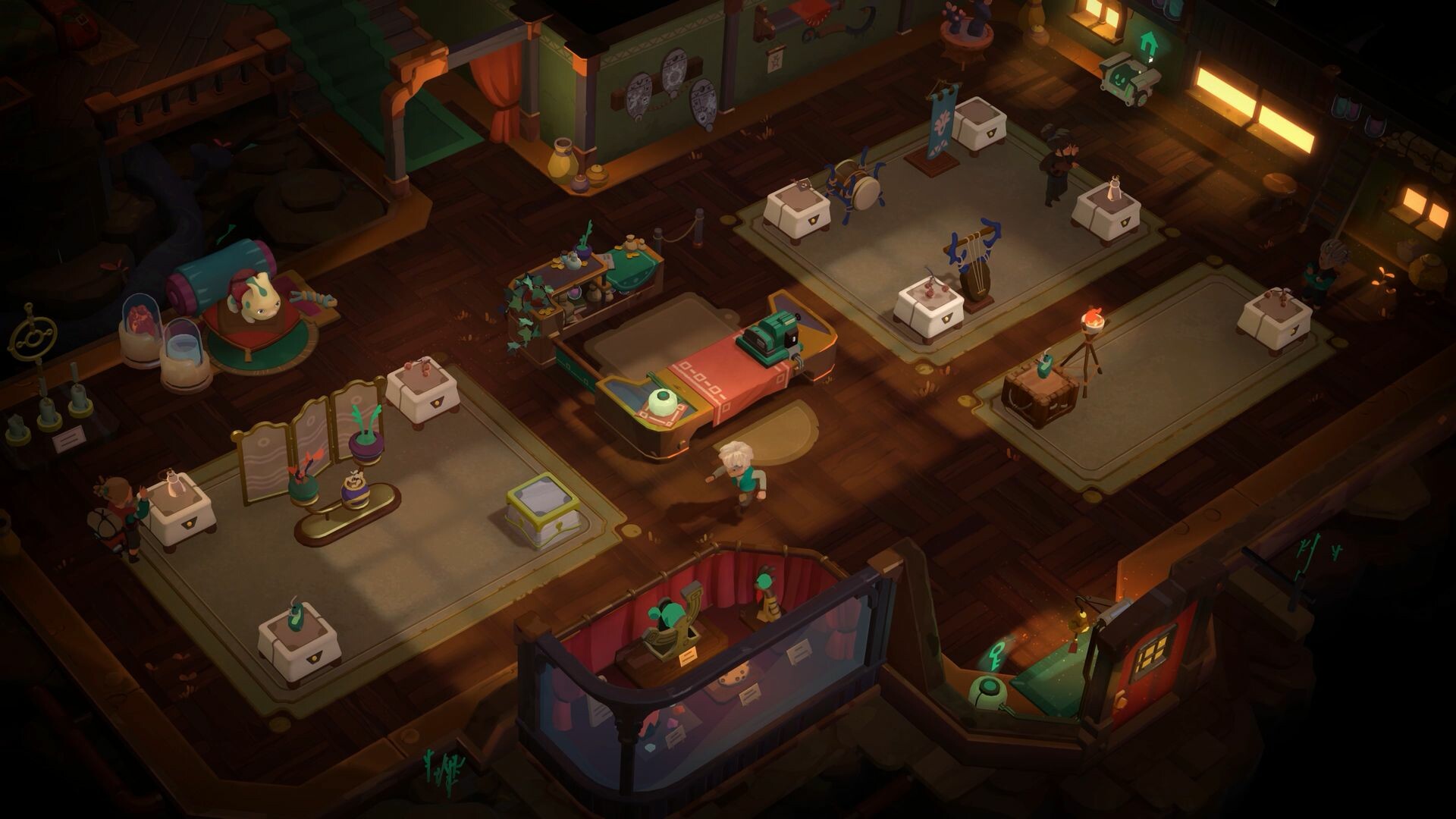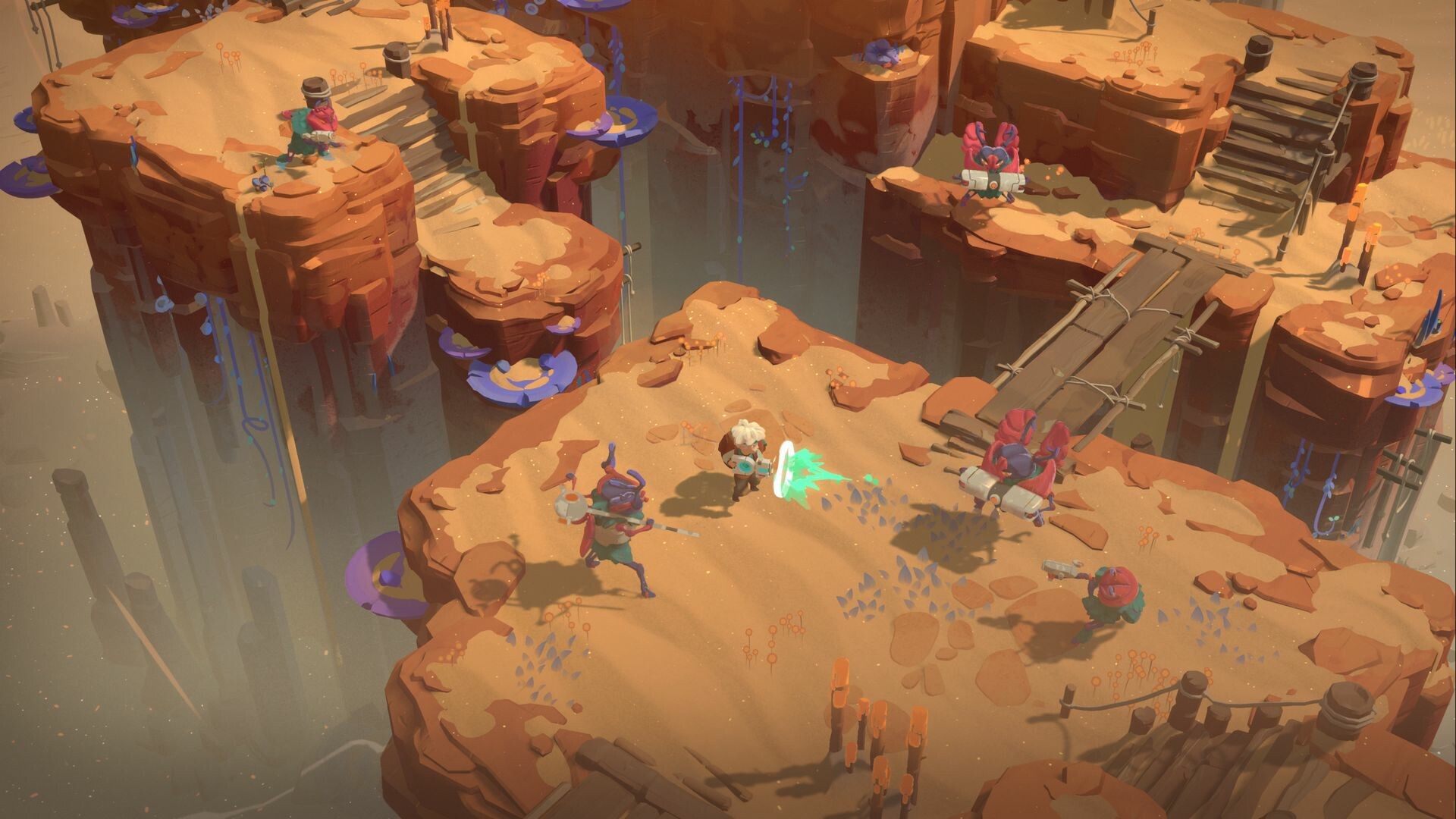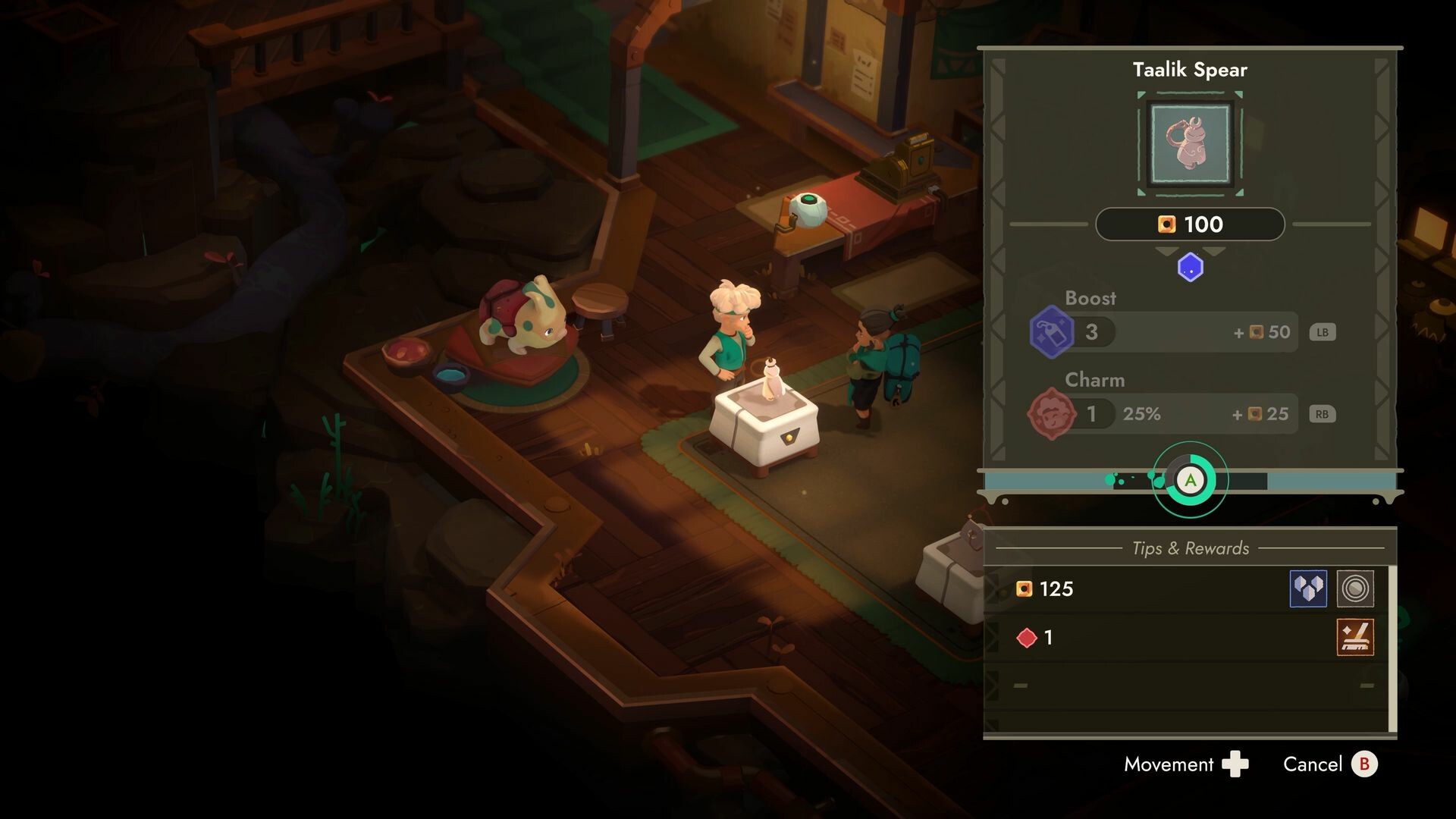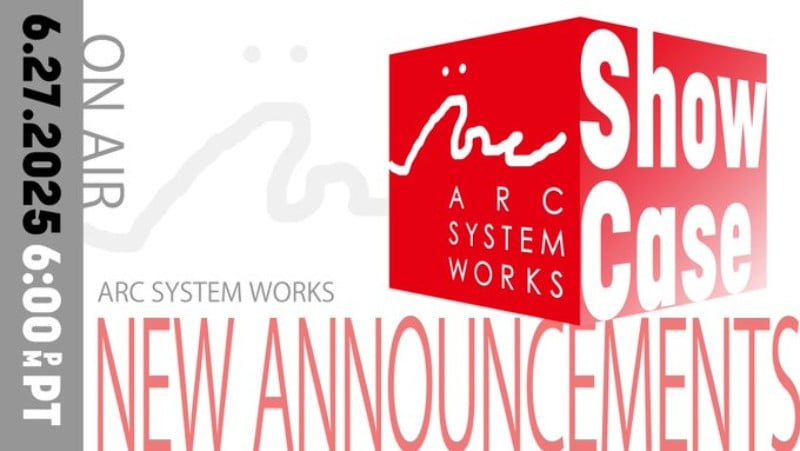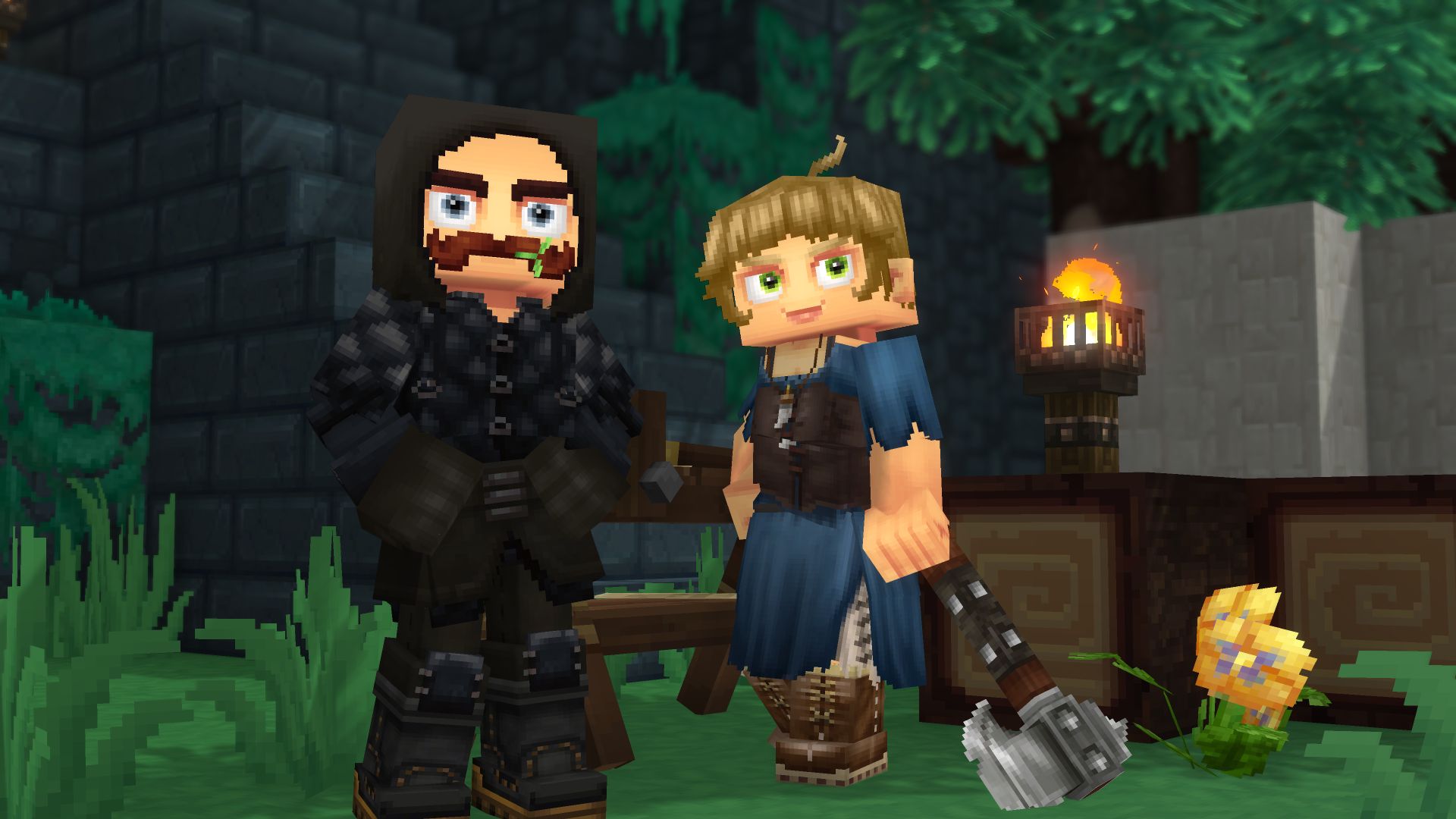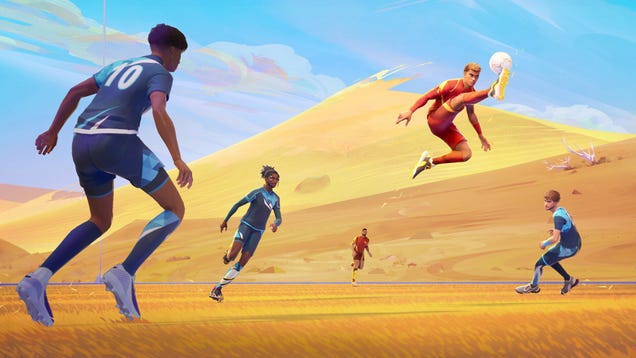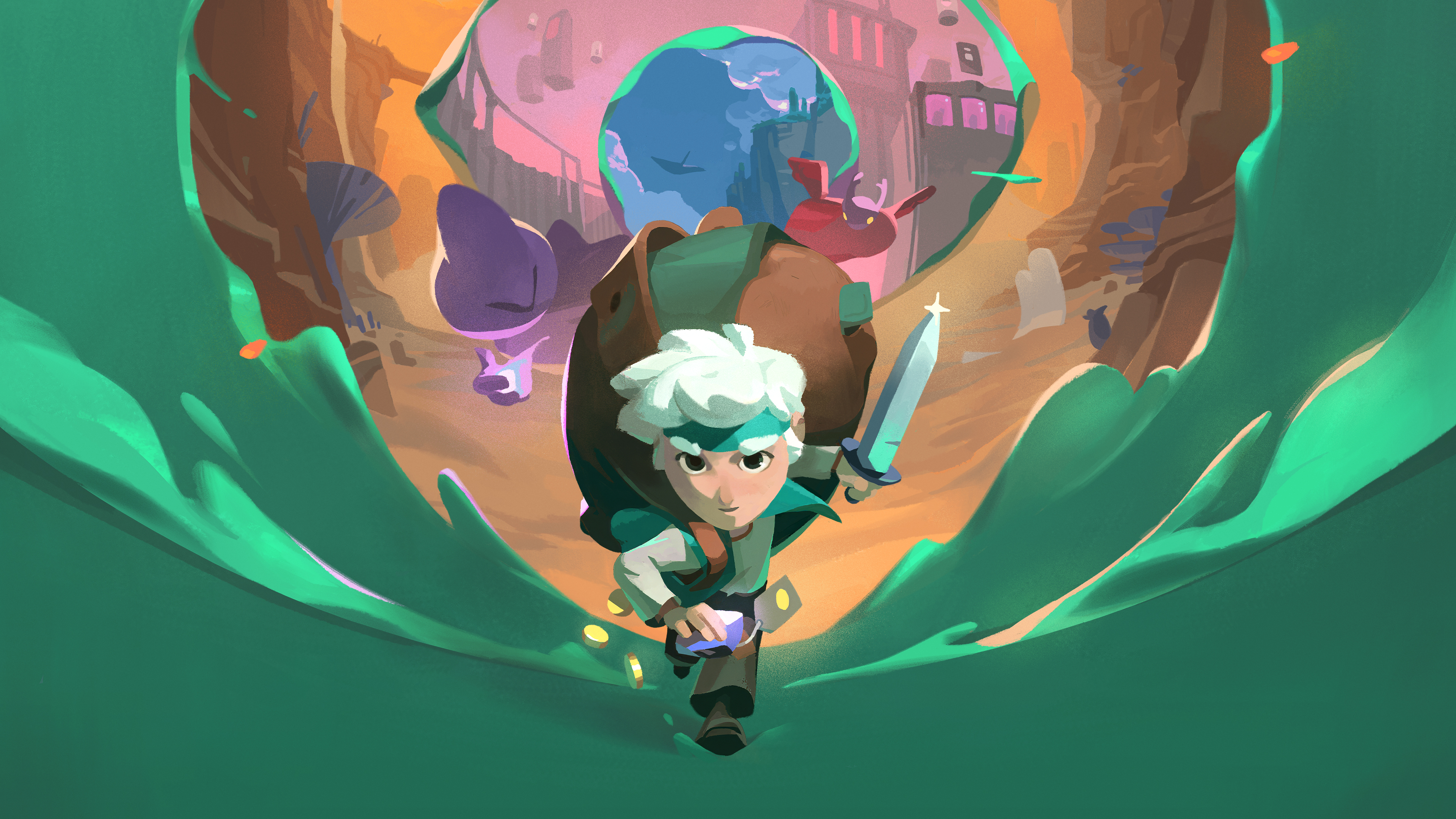
From dungeon-crawling to commerce, the game is full of more interesting and impactful choices.
The first thing you notice going from the first Moonlighter to the new sequel is the shift from 2D pixelart to full 3D. But it doesn’t take long before you realise that’s actually one of the least significant changes.
What makes this sequel feel fantastically fresh is a whole laundry list of clever adjustments to the core formula, evident both in its dangerous dungeons and its bustling item shop.

For those unfamiliar, the idea behind both Moonlighter games is brilliantly simple. By night you’re an adventurer going out on roguelike dungeon runs, gathering loot and bringing it home. By day you’re a shopkeeper, selling the loot you claimed to eager customers, and then using the money to upgrade your gear ready for the next dungeon.
It was already a deeply compelling loop in the first game—the kind that makes you say “Just one more day and then I’ll quit” 10 times in a row before you finally go to bed. But what Moonlighter 2 does is streamline away all sorts of little friction points and nuisances from that loop that you didn’t even realise were an issue, making it smoother than ever.
Items used for crafting gear, for example, are now separate from loot—they don’t take up space in your backpack, and they can’t be sold in the shop, so you don’t have to worry about trading off profit-chasing against character progression, or accidentally selling an item you desperately need.
Similarly, you no longer have to manually set the price of items or follow their rising and falling value. Items simply have a fixed cost—throw them up on one of your pedestals and they’re ready to sell.
That might start to sound like just making things simpler and easier, but streamlining those less interesting elements away opens up space for Moonlighter 2 to put much cooler things in their place.
Dungeon loot now has more dramatic effects, making backpack management a delicate puzzle. Rather than simply trying to bring home the most valuable stuff and dump the trash, you almost have to think of your loot as its own roguelike build.
In Moonlighter 2’s first dungeon, for example, lots of items will burn items adjacent to them when they go in your bag, destroying them. On the face of it, that sucks—it’s just money down the drain. But whenever you loot a chest, you get to choose one of two special relics, which allow you to build around the problem.
One item might be focused around finding and burning firewood—a low value item that can grant bonuses when burned. Another might push you to burn items to confer bonuses on other items, such as making them worth more—suddenly, instead of a disadvantage, setting your own stuff ablaze becomes a way of consolidating value and freeing up space for yet more goodies.
The changes to the shop phase feel even more dramatic. With fiddly price-setting out the window, the focus is shifted to accumulating and spending Boost and Charm tokens. The former let you raise the price of an item by a set amount, and the latter by a percentage of its value—effectively replacing haggling. Over the course of each day, you gain shop perks which interact with these tokens—for example, increasing the power of Boosts if you’ve already spent a Charm with that customer, or accumulating a buff to Charm for every time you make a sale.
The result is that a day running the shop feels like its own roguelike run too, where you’re discovering builds that push you towards different haggling styles. And having to physically run over to pick up these perks, along with making the sales, dusting the floors, polishing the items, and more, makes it all feel more frantic than ever, ensuring no moments of toe-tapping while you wait for that final piece of junk to shift.
Combat feels more varied and interesting too, via additions such as a backpack swing that can punt enemies off the map if you can get them into a staggered state, giant flowers that send homing spikes towards nearby enemies when you whack them, and more versatile ranged attacks for both you and your foes. All together, the result is a game that feels like it’s replaced all its busywork and frustration with a wonderfully layered set of interesting choices.
Starting out a dungeon run, I’m choosing combat perks that could synergise into an interesting strategy. Then I’m in a fight, and I’m choosing the best angles of attack and the best way to maneuver to gain an advantage. Then I’m gathering my loot, and choosing the best way to organise my pack and which special relics will enhance my profits.
Then I’m home in the shop, choosing which items to put on sale first, and then which things to prioritise once the day starts, which shop perks to pick to maximise my day and which tokens to spend in each haggle. And then I’ll finish up by buying some new decor so I can choose whether I want to change the colour of my rug.
The generous demo runs about 90 minutes, and in that time I feel spoiled by so many great decision points—and looking ahead at the permanent upgrades I could gain, excited for how they’re going to open up even more. It’s exactly what you want from a sequel—all the cruft shorn away, to be replaced by more of the really interesting, engaging stuff. If the demo hadn’t come to an end, I’d probably still be “one more day”-ing instead of writing this article.
You can check the demo out for yourself on Steam, and hopefully it shouldn’t be too long before Moonlighter 2’s full release—it’s set for this summer.
